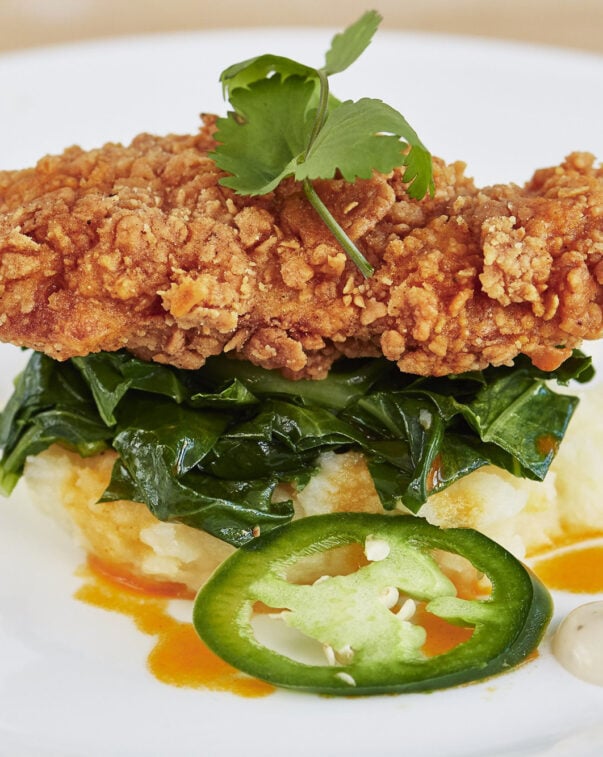Designing cost-effective bioreactors
2020-2021
Dr. Ellis is exploring the interplay between bioreactors, media, and scaffold designs to identify ways to reduce the cost of cultivated meat production.
PRODUCTION PLATFORM: Cultivated
TECHNOLOGY SECTOR: Bioprocess design

Project aims
This project aims to establish growth media consumption and waste production profiles for both proliferation and differentiation in various bioreactors. It will also produce correlations for the relationship among scaffold structure, fluid dynamics, and biological profiles in bioreactors.
This work will improve our understanding of how cell behavior changes as culture size increases, and could help develop a more compact, cost-effective bioreactor for cultivated meat production in novel scenarios.
Principal researcher

Dr. Marianne Ellis
Senior Lecturer, Associate Professor, University of Bath, UK
Dr. Ellis holds a strong academic and commercialization track record with expertise in tissue engineering and bioprocess design. She has published 30 reviews and articles on cellular agriculture, tissue engineering, and bioprocess design for a range of applications. She is also the founder of successful startup Cellesce Ltd., and co-founder of Cellular Agriculture Ltd.

Page
Research grants
Learn about cutting-edge alternative protein research funded by GFI. Find funding opportunities for your own research.
View related grant projects

Integrating sensors into bioreactors
GFI grantees Dr. Ivana Gadjanski and Dr. Vasa Radonic are integrating sensors into bioreactors for cultivated meat production.

Co-culturing cells
GFI grantee Dr. Mariana Petronela Hanga is researching culturing different cell types at the same time.

Computational modeling
GFI grantee Dr. Simon Kahan at the Cultivated Meat Modeling Consortium is using computational modeling to improve bioreactor design for meat cultivation.
Explore research opportunities
-
Cultivated
High-performance oxygen carriers for cultivated meat
Mammalian cell culture performance can be limited by oxygen and carbon dioxide levels or by shear stress associated with sparging and mixing. The use of protein-based oxygen carriers could help…
-
Cultivated
Developing scalable, fit-for-purpose bioreactor and bioprocessing technologies for cultivated meat
Optimizing bioreactor and bioprocessing technologies for the needs of the cultivated meat industry has the potential to substantially reduce the cost of cultivated meat production. Innovations in cultivated meat bioprocessing…
-
Cultivated
Scaffolds and structural approaches to optimize fat distribution and content in cultivated meat
The inclusion of fat and marbling in cultivated meat is likely to increase its flavor, texture, and consumer appeal. Structural approaches using edible microcarriers, hydrogels, and 3D bioprinting present promising…

Page
The science of cultivated meat
Learn about the science of cultivated meat and the challenges that must be addressed for commercial production.
